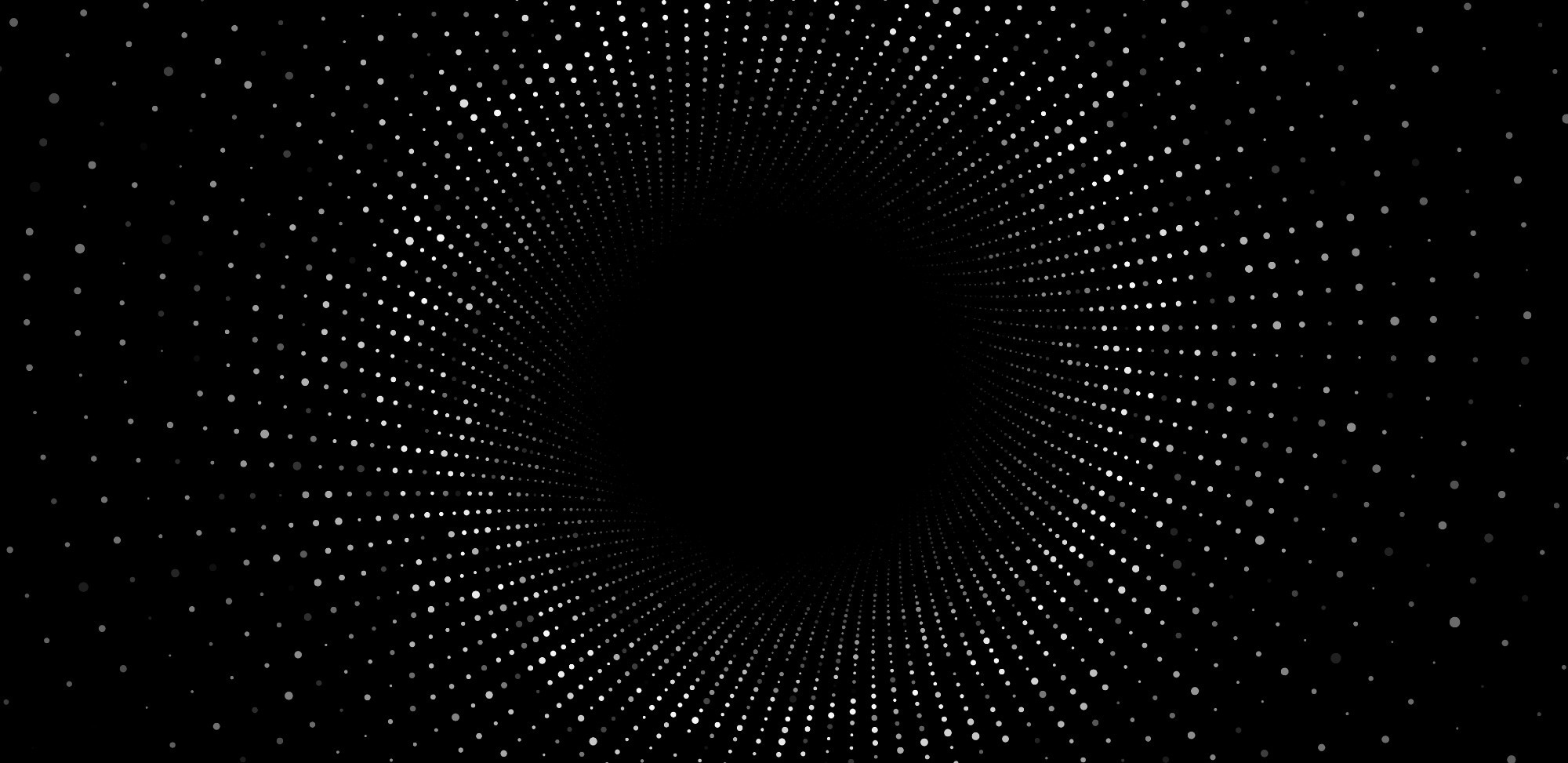The LSU Quantum Photonics Group challenges the current knowledge of surface plasmons by providing new insights into their fundamental characteristics in a new study published in Nature Physics. These innovative discoveries represent a substantial development in quantum plasmonics, arguably the most notable in the previous ten years, and are based on experimental and theoretical research carried out in the laboratory of Associate Professor Omar Magaña-Loaiza.

Image Credit: Flow 37/Shutterstock.com
Although previous studies in this area have mostly concentrated on the collective behaviors of plasmonic systems, the LSU team took a different approach. They could extract multiparticle subsystems or disassemble the puzzle, by approaching plasmonic waves as a puzzle. This gave the team a fresh perspective and, in this case, novel behaviors for surface plasmons, as well as an understanding of how various parts fit together.
Plasmons are waves that propagate along a metal surface when charge oscillations are connected to light. Plasmons are “ripples” that move along metal surfaces, much as the ripples created when pebbles are thrown into water. These minute waves are essential in areas like nanotechnology and optics since they function on a nanometer scale.
What we found is that if we look at the quantum subsystems of plasmonic waves, we can see inverse patterns, sharper patterns, and opposite interference, which is completely opposite to the classical behavior.
Riley Dawkins, Study Co-First Author and Graduate Student, Louisiana State University
The LSU quantum group discovered that surface plasmons can show properties of both bosons and fermions, which are basic particles in quantum physics, by using light directed at a gold nanostructure and monitoring the behavior of scattered light. This implies that, under some circumstances, quantum subsystems can exhibit non-classical behaviors like traveling in separate directions.
Imagine you are riding a bike. You would believe that most of your atoms are moving in the same direction as the bike. And that is true for most of them. But in fact, there are some atoms moving in the opposite direction. One of the consequences of these results is that by understanding these very fundamental properties of plasmonic waves, and most importantly, this new behavior, one can develop more sensitive and robust quantum technologies.
Omar Magaña-Loaiza, Associate Professor, Louisiana State University
Research on using quantum principles for better sensor technology began in 2007 when plasmonic waves were used to detect anthrax. Currently, efforts are being made to incorporate these concepts into plasmonic systems to develop sensors that are more sensitive and accurate.
This breakthrough has great potential for use in a variety of sectors, including quantum information science, drug development simulations, environmental monitoring, and medical diagnostics.
With the results of the study being used for quantum simulations by researchers throughout the globe, the study is expected to have a major influence on the field of quantum plasmonics.
Our findings not only unveil this interesting new behavior in quantum systems, but it is also the quantum plasmonic system with the largest-ever number of particles, and that alone elevates quantum physics to another level.
Chenglong You, Study Corresponding Author and Assistant Research Professor, Louisiana State University
Mingyuan Hong, a graduate student and co-first author, oversaw the study’s experimental phase. Even with the complexity of quantum plasmonics systems, Hong pointed out that outside disruptions posed the biggest threat to his study.
Hong added, “The vibrations from various sources, such as road construction, posed a significant challenge due to the extreme sensitivity of the plasmic sample. Nevertheless, we eventually succeeded in extracting quantum properties from plasmonic waves, a breakthrough that enhances sensitive quantum technologies. This achievement could open up new possibilities for future quantum simulations.”
The study, titled “Nonclassical Near-Field Dynamics of Surface Plasmons,” was carried out exclusively at Louisiana State University.
“All the authors of this study are affiliated with LSU Physics & Astronomy. We even have a co-author who was a high school student at the time, which Iam very proud of,” Magaña-Loaiza added.
Journal References:
Hong, M., et. al. (2024) Nonclassical near-field dynamics of surface plasmons. Nature Physics. doi:10.1038/s41567-024-02426-y
You, C., et. al. (2024) Observation of the modification of quantum statistics of plasmonic systems. Nature Communications. doi:10.1038/s41467-021-25489-4.
Source: https://www.lsu.edu/index.php